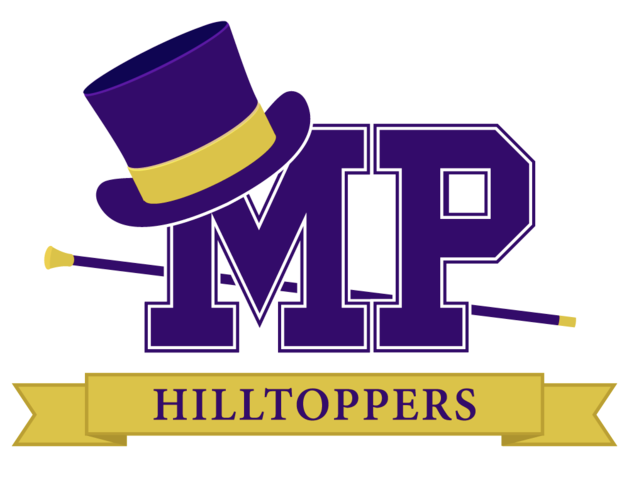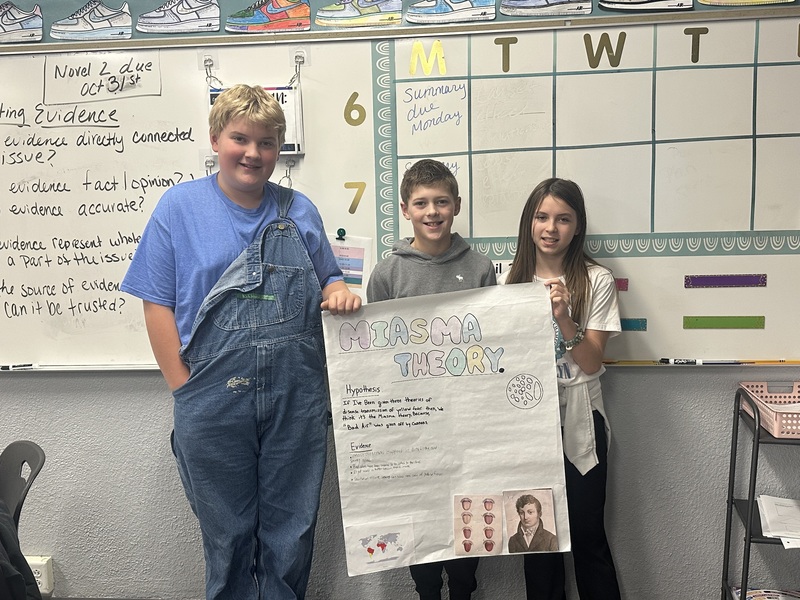
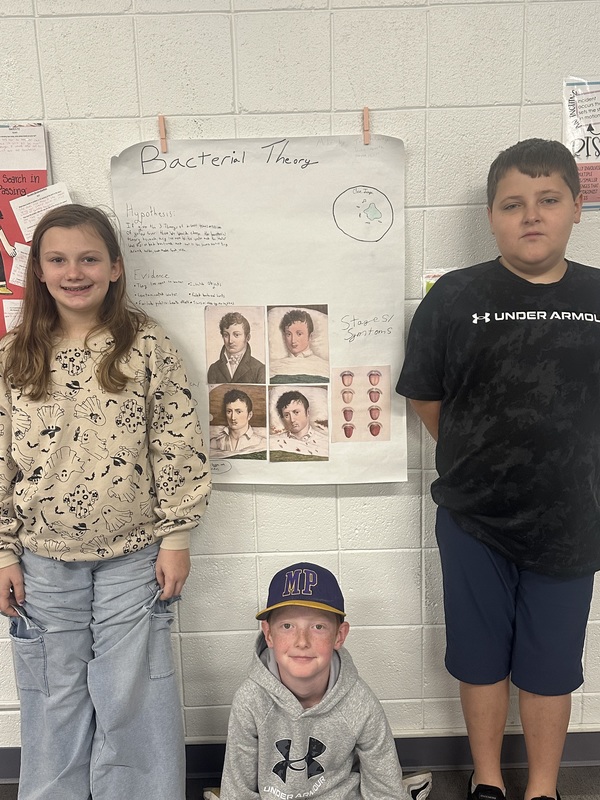
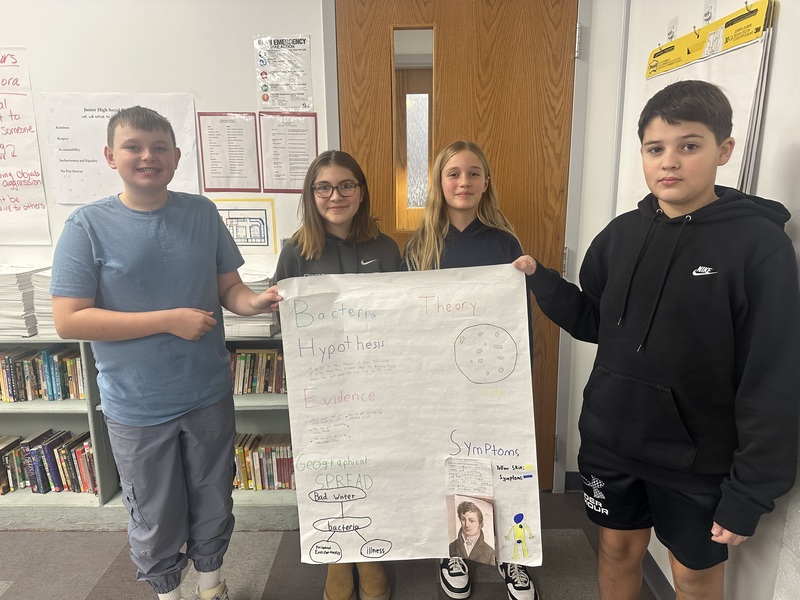
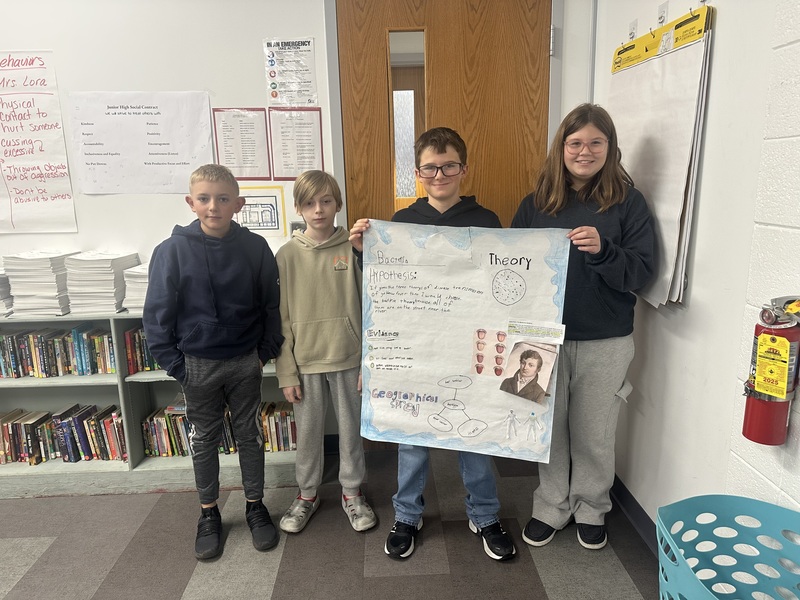
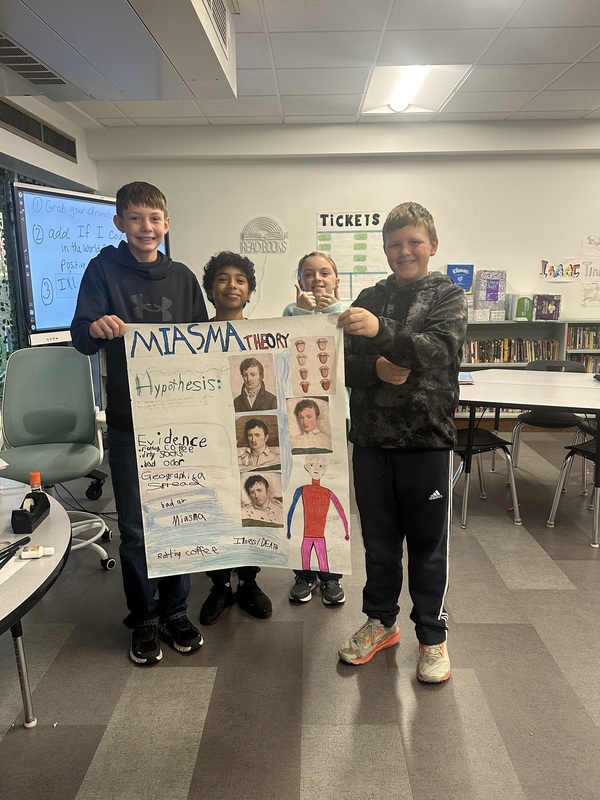
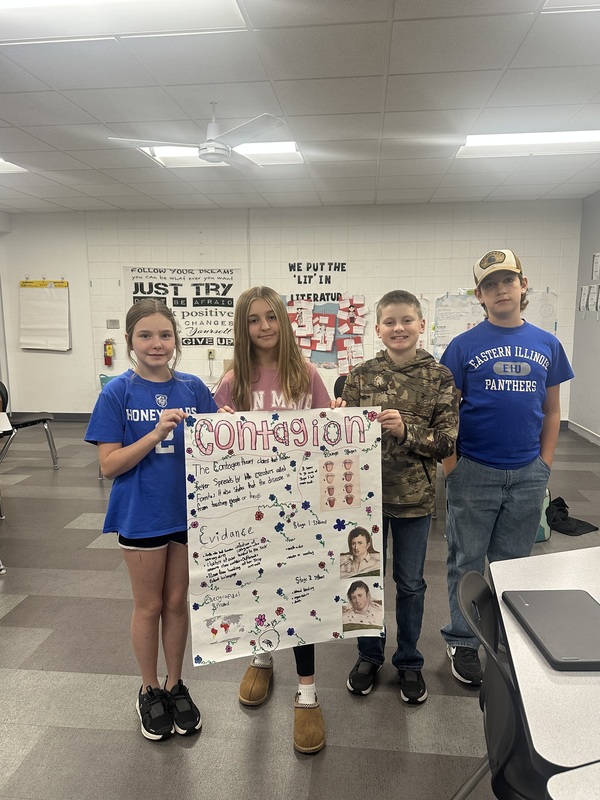
We're excited to share some of the engaging and interdisciplinary learning your student has been involved in recently! Our classes have transformed into a historical investigation as students stepped into the roles of disease detectives to explore the devastating yellow fever epidemics of the 1700s. Although we are just in the preliminary stages, here is what we have done so far in each class.
In ELA, the students didn't just read history; they became part of the historical effort to understand and combat the disease.
Primary Source Analysis: Students analyzed primary source documents, such as letters, diary entries, and official reports from the 1700s, to piece together the spread and impact of yellow fever. They had to use critical reading skills to infer causes, track symptoms, and understand the public panic and governmental response of the time.
Inference and Deduction: A major focus was on inference and deduction, much like a real detective. Students had to sift through conflicting information and limited scientific knowledge to hypothesize about what was causing the sickness before modern germ theory existed.
In Science class, students moved from historical documentation to modern scientific methods to definitively identify the cause.
Microscopy: We used microscopes to examine prepared slides related to the actual cause of yellow fever. While the historical figures didn't have this technology, our students used it to leap forward in time.
By working as disease detectives, your students saw a powerful example of how history, science, and language arts intersect. They utilized their reading and writing skills to comprehend the human story and applied scientific reasoning to solve the biological mystery.
We encourage you to ask your student about their "case files" and what they discovered about the yellow fever epidemics!
The ELA and Science Teachers
